It’s become a bit of a cliché to say that certain road cars made it from concept to production virtually unaltered.
It’s also, for the most part, inaccurate. Oft-quoted examples like the Audi TT (based on 1995’s TT concept), Range Rover Evoque (2008’s LRX) and the BMW i8 (2009’s Vision EfficientDynamics) undoubtedly resembled their turntable-bound siblings. But it’s overwhelmingly the case that the production cars’ styling has already long been signed off. The “concepts” we see under the glittering lights are often just jazzed-up spin-offs to give a less-than-subtle nod to that which is already imminent.

That was likely the case for the Smart Roadster and Roadster Coupé concepts shown at the 2000 Paris motor show, too. The production versions appeared at the same show two years later, differing only in their slightly smaller wheels and slightly less ornate detailing inside and out, predictable concessions to road- and production-friendliness.
What separates the Roadster and Roadster Coupé from now-ubiquitous cars like the TT and Evoque – but also something it has in common with the supercar-like i8 – is that I absolutely cannot help but turn and stare each and every time I see one on the road.
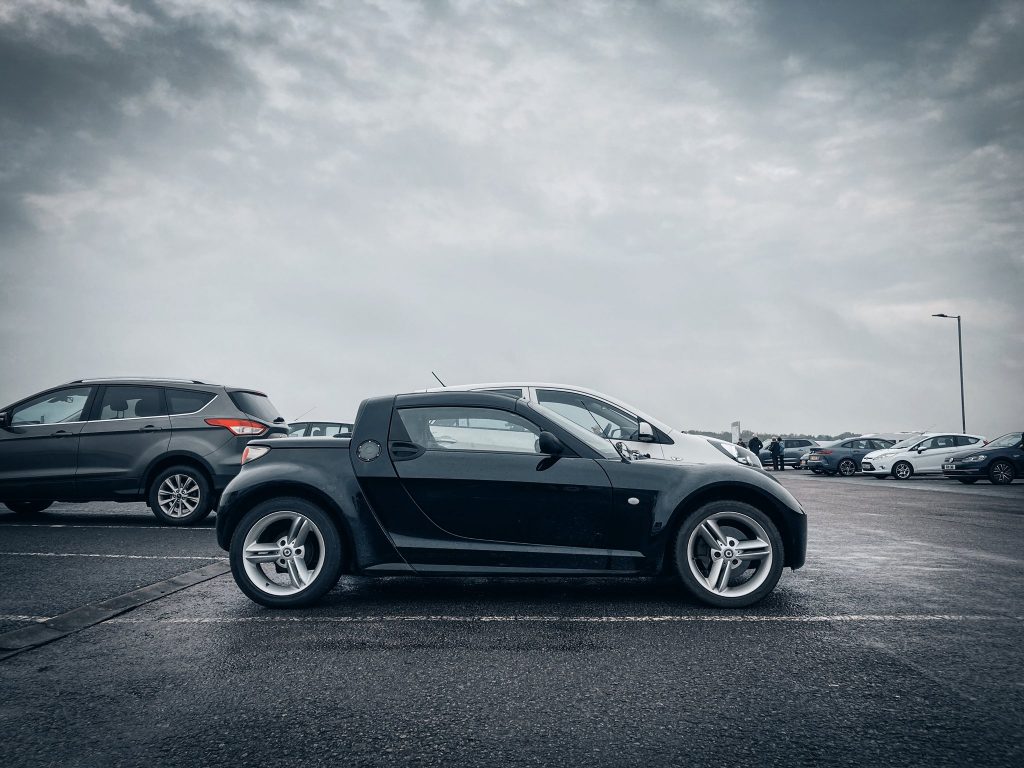
Over-familiarity dulls the impact of most cars over time, but the slow-selling Smart, like the i8, has never really had a chance to fade into the background. Every remaining example out in the wild looks like it’s driven straight off Smart’s motor show stand.
Several designers are credited with bringing the Roadster’s full-scale Hot Wheels shape to the road. The best-known is probably current Porsche design chief, Michael Mauer. Squint really hard and you might just see some of the Smart Roadster’s smooth surfaces and rounded curves in the Mauer-penned Taycan electric car. Another concept-turned-reality, incidentally. Or is that just me?
Unlike the Mitsubishi-based Forfour launched a couple of years later, the Roadster was entirely Smart in both design and ethos. Small (shorter and lower than an MG Midget, and narrower than a Mk1 Mazda MX-5) and light (as little as 790kg), it carried over numerous components from the brand’s iconic city car, the Fortwo, keeping costs low. That included its 698cc turbocharged triple, and its automated manual transmission (for better or worse), but did ensure a desirable rear-wheel drive layout.
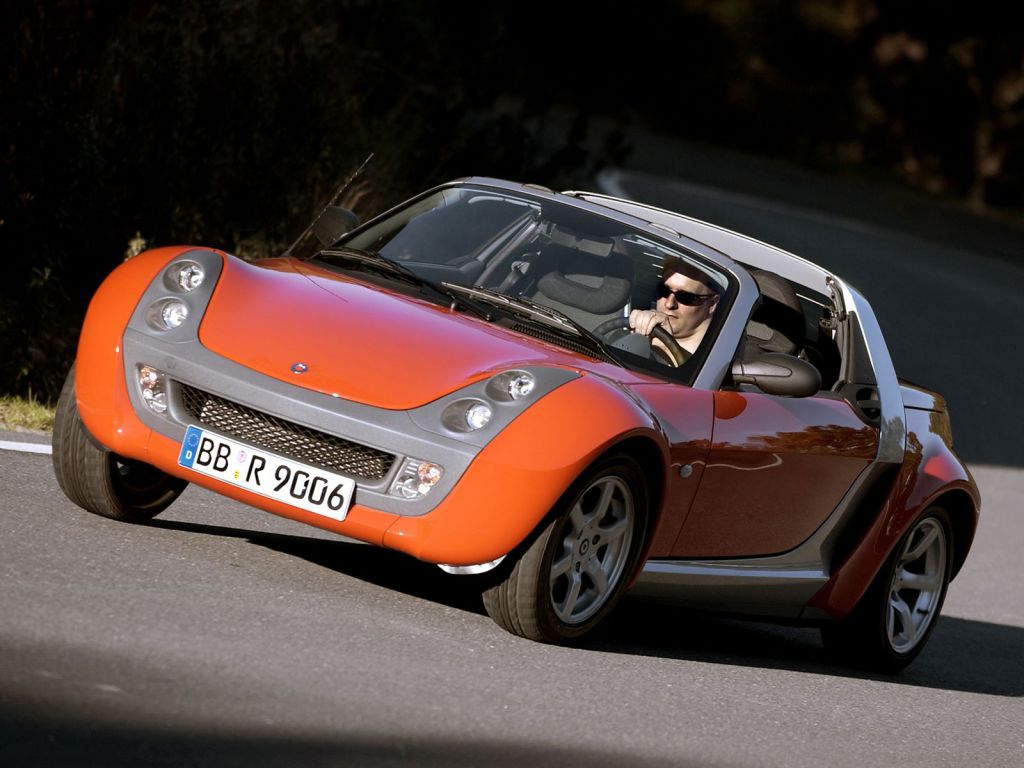
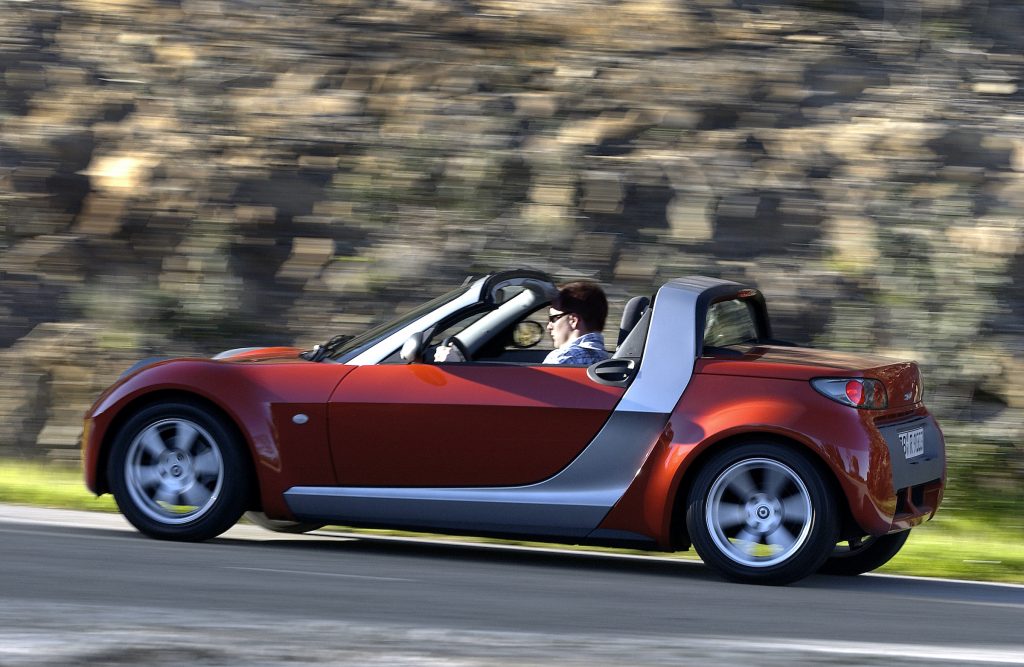
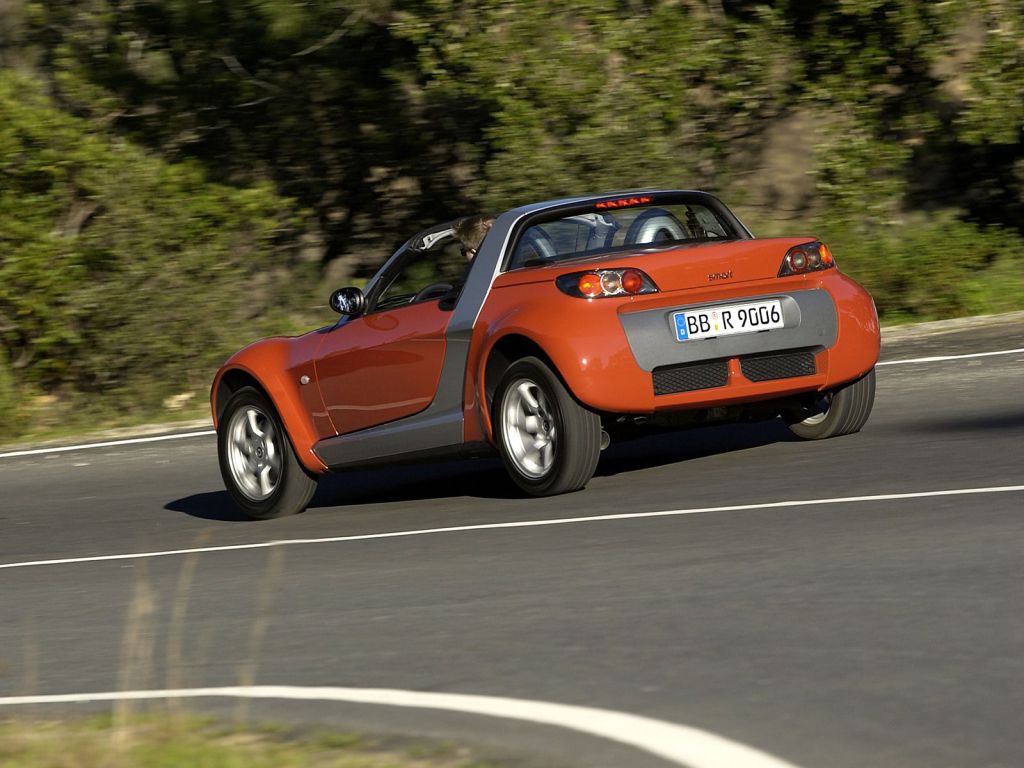
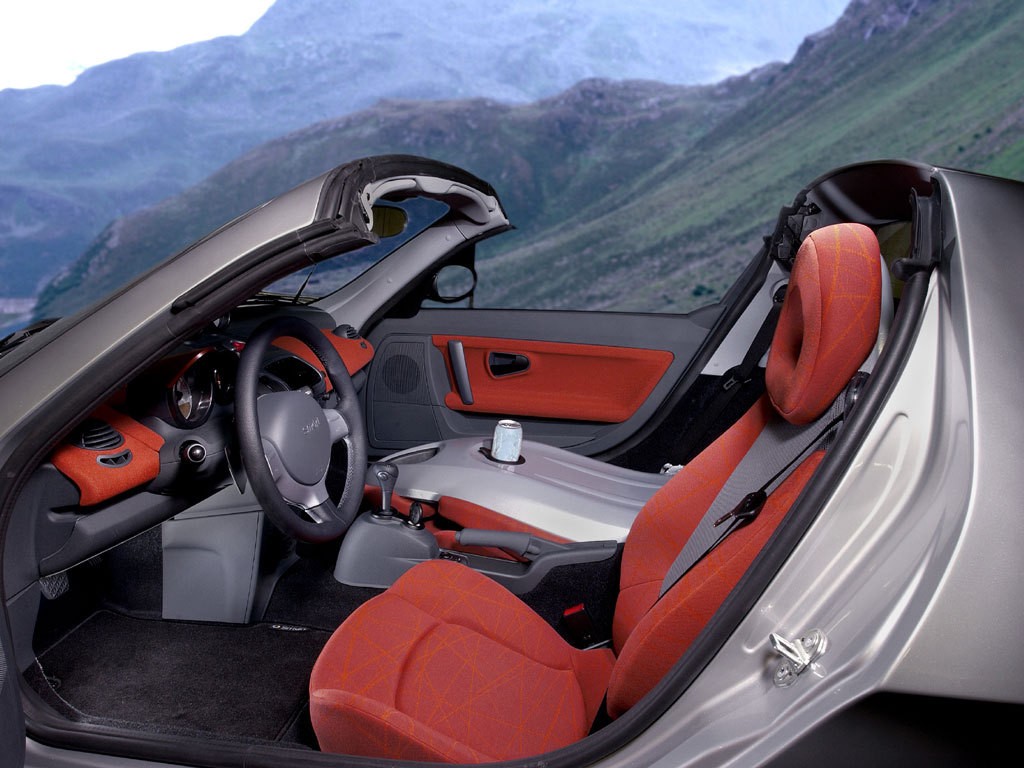
Whether that guaranteed a true sports car experience or not depends on which magazine you read at the time. Autocar was not complimentary; writing in 2003, Andrew Frankel decreed it “least enjoyable of all” in a test against an MX-5, Ford Streetka and Peugeot 206CC, citing that gearbox, its slow-geared steering, and lack of driver feedback. Alistair Clements was no kinder a year later with the lower-priced, steel-wheeled and de-contented “Light” variant. “To build a sports car that is this uninvolving is to seriously miss the mark”, read the conclusion.
evo’s 2003 assessment was more positive, despite putting it up against tougher competition than anyone. The Smart faced an MX-5, the contemporary Toyota MR2, and fiercest of all, a 1960s Lotus Elan Sprint. They wiped the floor with it on track (despite the Smart’s high corner speeds), but writer John Barker enjoyed its keenness, if not its numbness, and the challenge of driving it quickly. Meanwhile Jeremy Clarkson, in Top Gear’s TV segment, loved it. It was “just like those light, whizzy sports cars from the ‘50s and ‘60s”, he noted.
Whether the Roadster was good then seemed to depend mostly on the mood you were in, and what you were comparing it to. Expect an MX-5 competitor and you’d be left deflated by its safety-first electronics, over-assisted steering and automated gearbox, but as a stylish and fun commuter, there was little better. Having not experienced a Roadster myself I can’t confirm, but I strongly suspect it’s clinically impossible to be unhappy while driving one. It’d be like being unhappy cuddling a kitten.
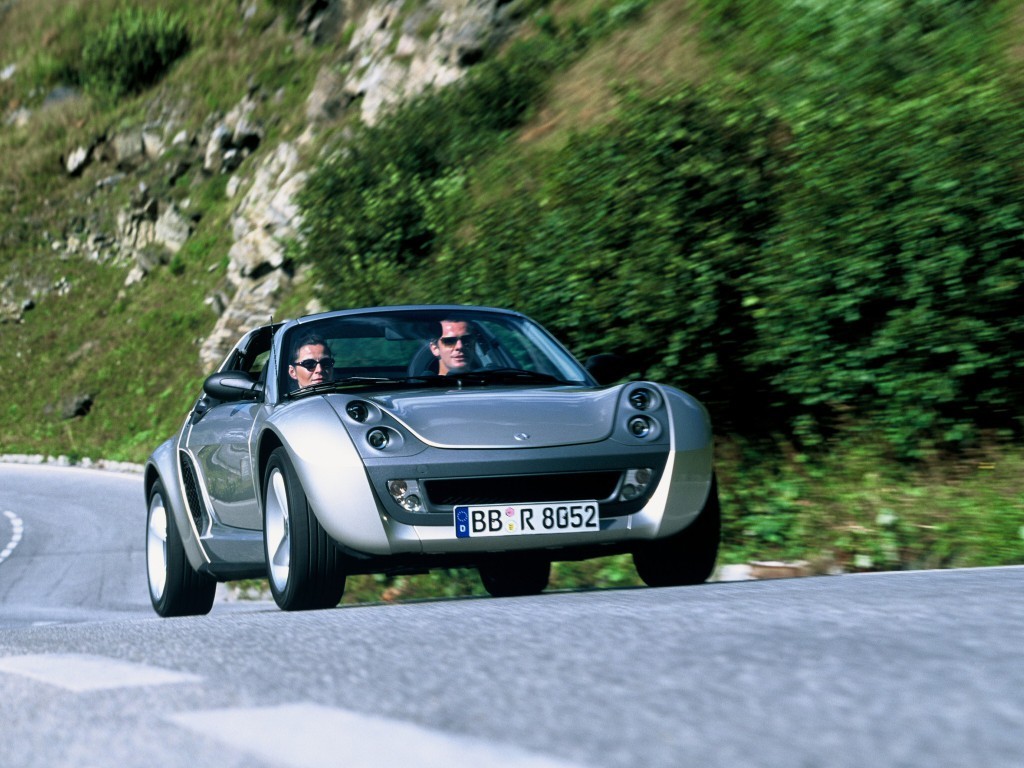
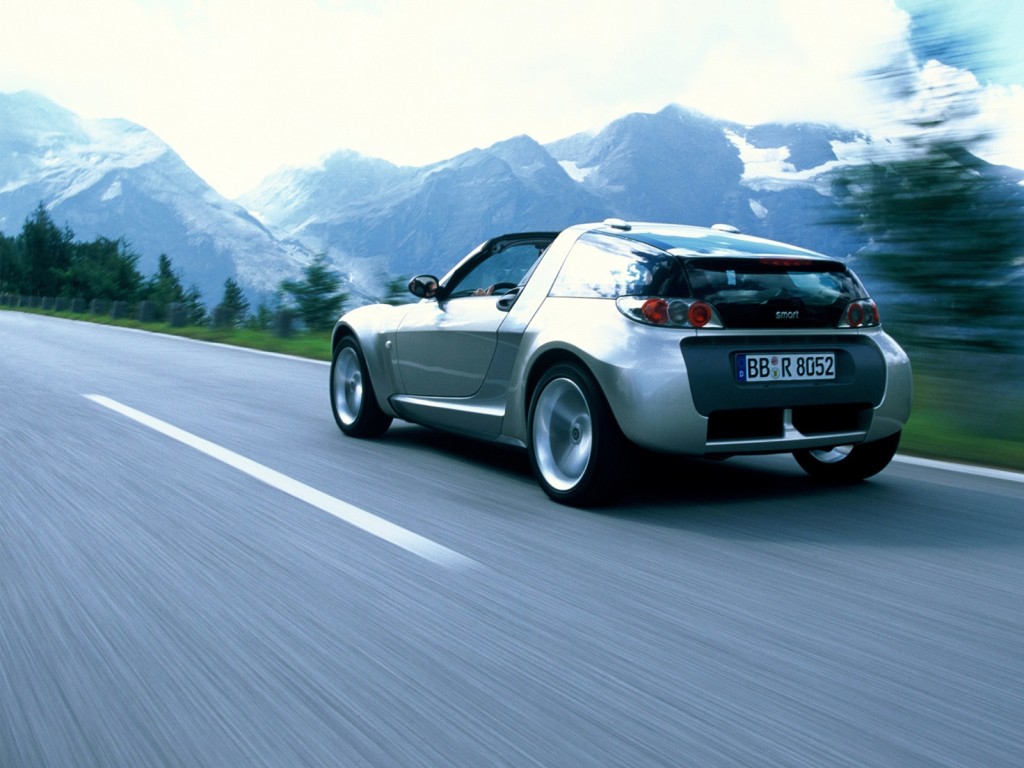
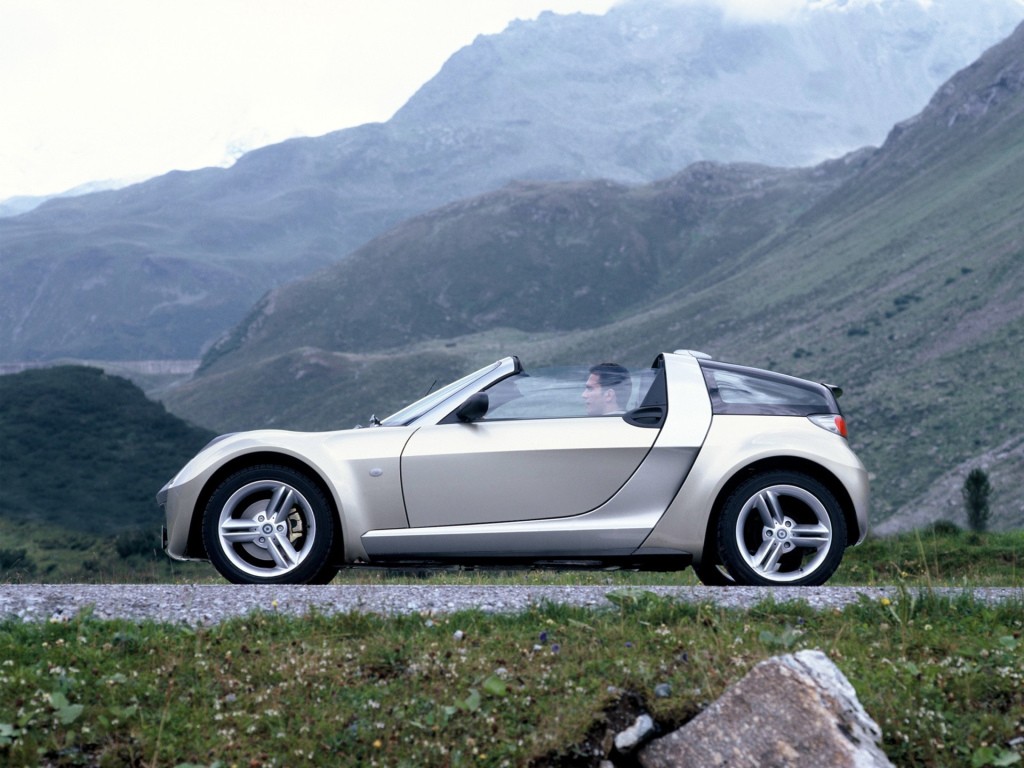
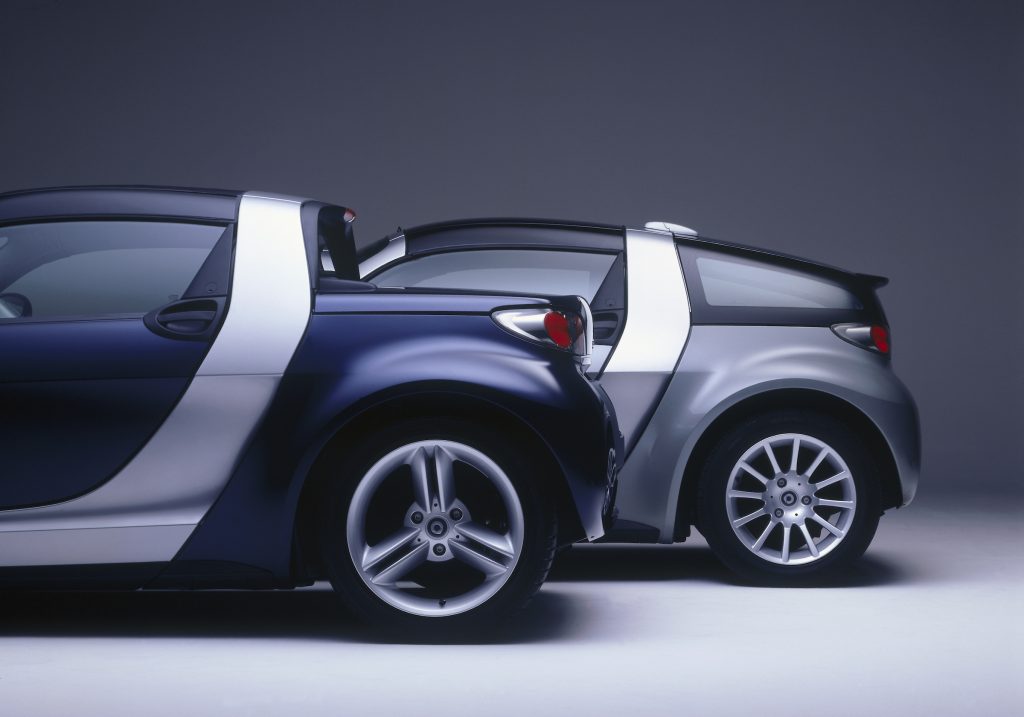
Today, there are definitely things to consider. The gearbox remains a love/hate affair, but you can learn it, work around it, and even enjoy the process of managing it. Back in the day, the Roadster also cost Smart enormous amounts in warranty claims; it turns out the weather protection was a little too close to those classic ’50s sports cars. The roof options, whether retractable fabric or two hard panels, can still leak today, despite dealer fixes at the time. Finally, if you opt for the Roadster, rather than the glass-hatched Roadster Coupe, you’ll just about fit a suit in the back… but only if it’s been carefully pressed, as any creases would render it too high to close the lid.
It isn’t all wet carpets and inconvenient laundry though. Roadsters will happily deliver mid-50s mpg, for a start. They make a gloriously silly noise, with little wastegate chuffs between gearchanges. It briefly made three-spoke wheels cool again (though the ride quality is apparently better on the smaller, less distinctive alternatives). And despite their minuscule size, they can accommodate taller people better than say, a modern MX-5. The aforementioned Clarkson, all 6ft 4in of him, squeezed in just fine.
Anyway, imperfection has never been a barrier to classic appeal. There, things like styling, character and a unique driving experience are far more important, and the Roadster combines all those with modest running costs and for the time being at least, affordable pricing. Decent Roadsters seem to start around the £3000 mark, and a loyal following means there are now fixes for most common bugbears.
Best of all though, you’ll be privy to your own personal motor show every time you open the garage door.
Read more
Kei-terham returns: 660cc Caterham Seven 170 revealed
MGF driven: A fresh look at MG’s MX-5 rival
Future Classic: Fiat Panda 4×4 MkIII









I remember the launch, in Portugal. I drove with Chris Rees. You reeded the gear indicator to know which gear you were in, but it was so small you had to re-focus to see it, which wasn’t good while left foot braking into a bend. But the best bit was returning home in an ice-storm. The plane had to circle Stansted a few times and Geoff Day (the famous MB PR) got up to tell everyone, “I hope you’ve all filed your copy.” When we landed, the back of the plane hit the runway and the lights went out. Feeling what was coming, we all ran for our cars. I got to the M25 before the ice storm hit the road surface and turned the cars and trucks on it into toboggans, my Leon 20VT Sport included. Things improved past the M1 junction. But anyone who had to drive north on the M11 was stuck for a day. A few weeks later, I borrowed a black Smart Light and discovered that if you hit a puddle, it floated.
This has been noticed on the Smart Roadster owners club on Facebook. We like it, although the comment that you haven’t actually driven one is concerning.
To remedy this and get cuddled by one of our kittens, do get in touch! 😁
Hello Thomas, glad you liked the article, and than you for the offer! I’ll definitely get in touch at some point.
Anthony I have just purchased a Roadster last week which is Brabus spec and its fantastic fun to drive, you do smile 😎 when driving it. Even in manual mode using the flappy paddles it thinks for and changes down if you brake hard giving you engine braking. It really handles well through the lanes and causes quite a bit of attention as people try to work out what it is. It is comfortable to drive and it’s surprising what you can fit in the boot. I can’t find any bad points with it is fun with a capital F
Hello Clive, thanks for leaving a comment. Great to hear you’re enjoying the car!
I have a Brabus and every journey is an event, there’s so much theatre going on.
The engine noise, turbo chatter, handling and it tricks you into thinking you’re going 20 miles faster than you are.
It’s a road going go-kart when driven 2 footed in manual and the Brabus V6 steering wheel really sharpens the steering up.
I still just go out for a drive evenwith these fuel prices.
I understand these are a definitely marmite machines but it makes the kid in me happy.
Thanks for commenting George. They really are cool little things, and even if fuel’s expensive at the moment, there aren’t many sports cars that are more fuel-efficient than a Smart Roadster…
You actually need to get in and drive one, and take a closer look at the luggage space as well when you do! Although the boot space may look small it will carry a surprising amount (with the optional fitted luggage I find it gives a much better idea of available space as it’s around 7″ deep and will quite easily accommodate a few days clothes for trips away, then you also have the front boot space that was designed (conveniently ) around the size of a beer crate! (Plus a little extra in soft bag space.) Easily available, and cheap, remap for the engine not only works wonders for the performance, but will also go someway to speeding up the gear change, which when you get used to it, and change manually with either paddles or on the stick, is actually as good as any manual box! How you can write comments, obviously cut from different sources, without actually driving one seems rather strange if you want people to believe what you write!!
Hello Ian, thanks for commenting. You’ll be pleased to know I’ll be driving a Roadster very soon so there’ll be a featuring coming up on Hagerty in the near future.
That said, it is not at all strange to write a well-informed story based on the experiences of others, since it is impossible to experience everything first-hand – that is how referencing has worked in both academia and media for hundreds of years.
As the Roadster’s luggage space was a common criticism in contemporary reports, it is more than fair – and more than accurate – to reproduce those concerns when writing a retrospective. That said, it’s also important to note when a comment (such as one about a pressed suit for luggage space) is written with tongue firmly in cheek!
Finally, I would add that I am a Smart owner and have driven several others in the past – albeit not a Roadster, nor a remapped car. I’ve plenty of experience with Smart gearboxes, and while they can be learned, many contemporary criticisms were warranted. They’re perhaps not as bad as some make out today, but my experience strongly suggests that even with a bit of a speed increase it will not be as good as many of the manuals I’ve driven… though again, I’ll be sure to report back after my upcoming drive!
Had a Brabus now for 5 years and love it. Yes they can be quite precious (he has to be garaged for fear of leaks) however wouldn’t be without him – such a fun drive.
Just bought my bluewave roadster
. Absolutely love this car , its 20 years old and everything works , there’s no rust , handles very well sounds great and looks great, brilliant value best toy I’ve ever bought
Having always enjoyed quirky cars I did my research and with my eyes fully open bought a roadster as a weekend toy around 2 years ago. The initial thrill of a lightweight nippy drive was great and after few trips to learn how to use the semi auto box, neck jerking gear changes were easily avoided. The paddle shifters are easily obtained via a buoyant spares market and well worth fitting if they are not there already. The car has proven to be totally reliable and with its galvanised frame and composite panels there are no rust worries. Yes, they can be prone to wet weather leaks like any 60’s Classic but there are plenty of tips and fixes available on the internet. Finally, 50mpg plus is easily obtainable and it’s great to drive something so markedly different from a conventional car.